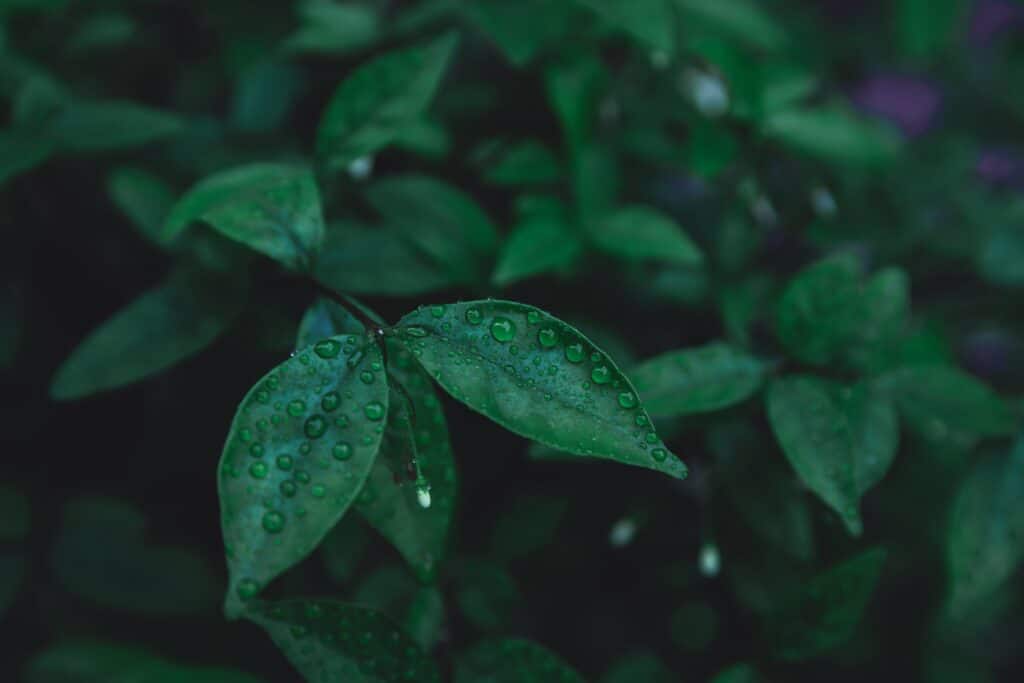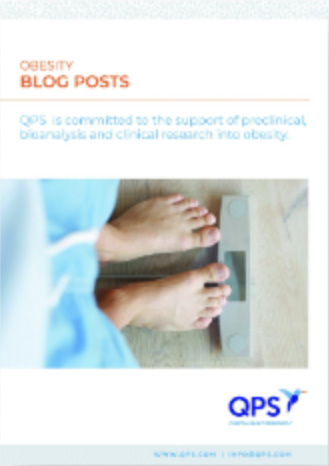Every traveler knows that meal-planning is an important part of any long trip. As NASA gears up to send astronauts to Mars within the next two decades, nutrition is one part of the challenge. The team will need enough calories to survive the three-year mission. By one estimate, this would mean about 10,000 kilograms of food for a crew of six. However, the challenges of feeding people well extend beyond mere sustenance. Factors like taste, texture, and freshness are also important considerations, along with micronutrients, which can break down over time. Simple survival “is not the goal,” said Jennifer Fogarty, chief science officer at the Translational Research Institute for Space Health at Baylor College of Medicine. She added that the types of preserved food currently available are “completely inadequate for a Mars mission.”

The Pioneering Vision of an On-Board Garden
One potential solution, according to Robert Jinkerson, a chemical engineer at the University of California (UC), Riverside, is growing food on the spacecraft. To get around the lack of light, Jinkerson’s idea involves activating plants’ dormant metabolic pathways. Artificial nutrients could provide the fuel usually derived from sunlight. By using electricity from solar panels, water, and exhaled carbon dioxide, genetically modified plants could potentially grow both on spacecraft while in route and in the low-light conditions of Mars. Jinkerson’s team has demonstrated that modified plants can survive without light. Although further work is needed to engineer plants that will also grow and flourish in the dark, this represents a significant step.
Breakthroughs in Dark Gardening
Jinkerson became interested in the potential to engineer plants for survival in the dark after learning about algae that could grow in the dark when receiving a liquid hydrocarbon known as acetate. He partnered with Feng Jiao, a chemist at the University of Delaware, whose research was focused on generating acetate and ethylene with an electrolyzer. The device uses electricity to produce the compounds from CO2 and water. The researchers have reported results showing the ability to produce an output that is 99 percent acetate and pure enough to feed directly to plants. Feeding acetate to plants, yeast, and mushrooms has shown promising results, with these organisms converting chemical energy into biomass far more efficiently than traditional photosynthesis.
Award-Winning Developments
As team Nolux (no light), the UC Riverside and University of Delaware researchers collaborated to enter the Deep Space Food Challenge. The competition was organized by NASA and the Canadian Space Agency to generate ideas for feeding astronauts on very long missions. The team was selected as one of 18 US-based finalists from among 300 applicants. They then developed a prototype system for food production and estimated that growing acetate-fed mushrooms in a 2-cubic-meter reactor could provide about 8.5 kg of food daily. This would meet a significant portion of a six-person crew’s needs. However, the challenge lies in growing other types of plants in the dark. The team found that other acetate-fed crops — including lettuce, tomatoes, and peppers — survived but didn’t grow, partly due to plant metabolism. Nolux is now using gene-editing techniques to modify plant pathways and enable growth with acetate, akin to reactivating a genetic switch that humans have for lactose tolerance.
Alternative Strategies and Future Implications
Beyond acetate, researchers are also investigating the feasibility of growing plants in the dark with sugar water. Recent advances in synthesizing sugars through electrolysis offer potential ways to sustain plant growth without sunlight.
The implications extend beyond space travel. Jinkerson’s approach could revolutionize agriculture on Earth, enabling high-value crops to be grown year-round without the limitations of sunlight. For vertical farming, the elimination of energy-consuming lights could drastically reduce energy consumption and costs.
While it’s still early in the research phase, the idea of separating plant growth from sunlight presents a paradigm shift that could reshape global food production. As humanity endeavors to reach Mars, the journey could also lead to a new era of sustainable, efficient, and innovative agriculture right here on Earth.
Did you enjoy this blog post? Check out our other blog posts as well as related topics on our Webinar page.
QPS is a GLP- and GCP-compliant contract research organization (CRO) delivering the highest grade of discovery, preclinical and clinical drug research development services. Since 1995, it has grown from a tiny bioanalysis shop to a full-service CRO with 1,200+ employees in the U.S., Europe and Asia. Today, QPS offers expanded pharmaceutical contract R&D services with special expertise in neuropharmacology, DMPK, toxicology, bioanalysis, translational medicine and clinical development. An award-winning leader focused on bioanalytics and clinical trials, QPS is known for proven quality standards, technical expertise, a flexible approach to research, client satisfaction and turnkey laboratories and facilities. Through continual enhancements in capacities and resources, QPS stands tall in its commitment to delivering superior quality, skilled performance and trusted service to its valued customers. For more information, visit www.qps.com or email [email protected].





